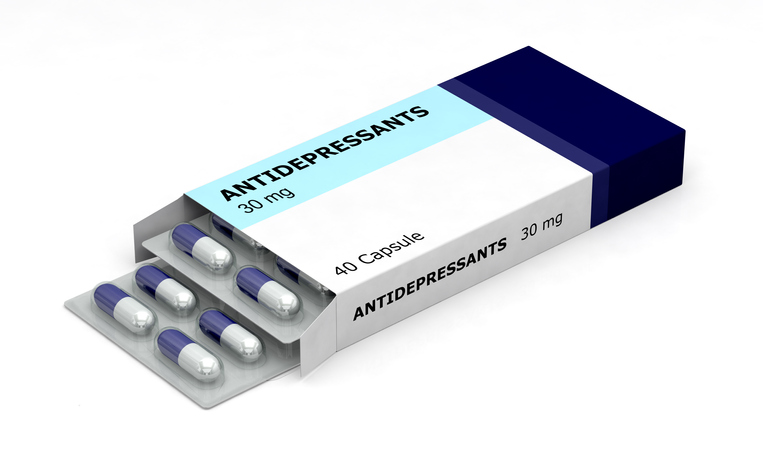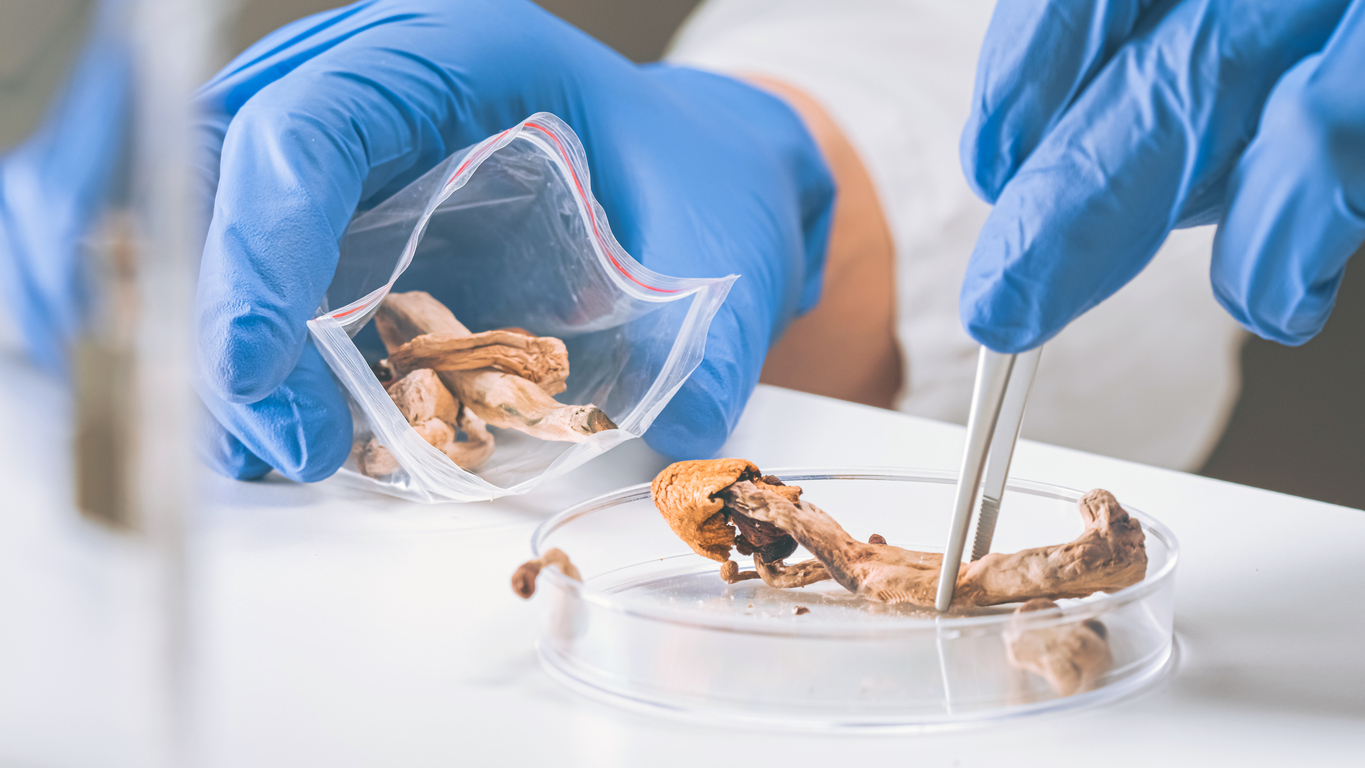Treatments
Common Chronic Pain Treatments
Source: Healthline

620 people found this helpful
Print
Share
Save
Many treatment options are available for people living with chronic pain. For most individuals, a combination of treatments is the most effective way of relieving their chronic pain.
Common treatments for chronic pain include the following:
- Over-the-counter medications
Over-the-counter (OTC) pain medications are usually the first line of treatment for chronic pain. OTC pain medications include acetaminophen and nonsteroidal anti-inflammatory drugs (NSAIDs), such as aspirin, ibuprofen and naproxen. Topical creams can be used for arthritis and muscle pain. - Physical therapy/exercise
Physical therapy employs certain exercises to improve muscle tone and increase range of motion. Exercise releases endorphins and improves sleep quality which helps to reduce pain. - Prescription pain medications
If a stronger medication is needed, a doctor may prescribe opioids, such as hydrocodone, codeine, oxycodone and/or morphine. Certain antidepressants and anticonvulsants may also be helpful. - Trigger point injections
Injections of a local anesthetic into the muscle help reduce pain. These injections may contain a steroid. They usually help people with fibromyalgia pain, chronic pelvic pain and myofascial pain syndrome. - Relaxation techniques
Relaxation techniques such as meditation, massage and yoga often reduce stress and pain levels. - Transcutaneous electrical nerve stimulation (TENS)
TENS units release slight electrical currents to the nerves to interrupt pain signals sent to the brain. - Acupuncture
Acupuncture is often helpful in reducing pain as it manipulates key points in the body releasing endorphins. - Psychological therapy
Cognitive therapies and behavioral therapies have been shown to help relieve chronic pain. - Biofeedback
Biofeedback helps individuals become more aware of the added physical manifestations of stress and pain (tension, heart rate, temperature, etc.). Awareness aids in pain management. - Surgical implants
An infusion pain pump delivers medication directly to the source of pain.
A spinal cord stimulator delivers small electrical currents to the spine which disrupt pain signals sent to the brain. - Cannabis
Though controversial, medical marijuana often helps reduce pain. Recent research shows the beneficial medicinal properties of cannabis. Because the use of cannabis is not legal in all states, it is important to check state laws.
Note: Before beginning any treatment plan, it is important to discuss the risks vs. the benefits with a physician.



















